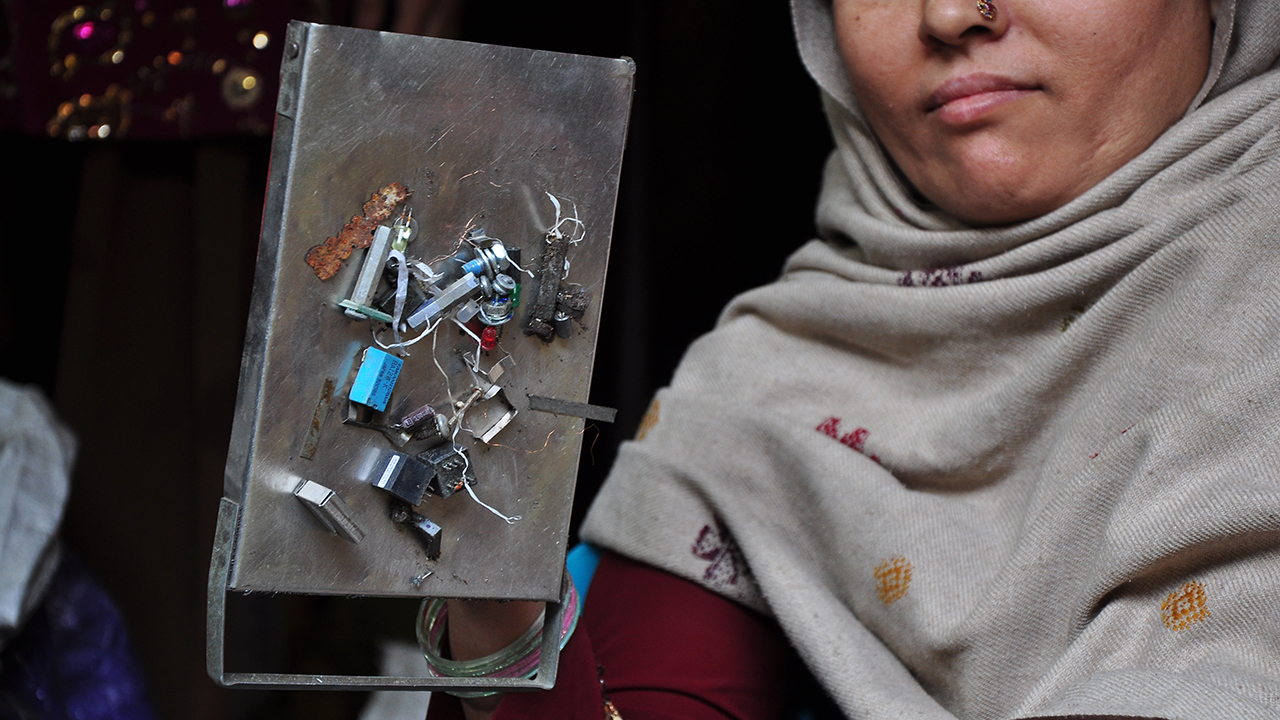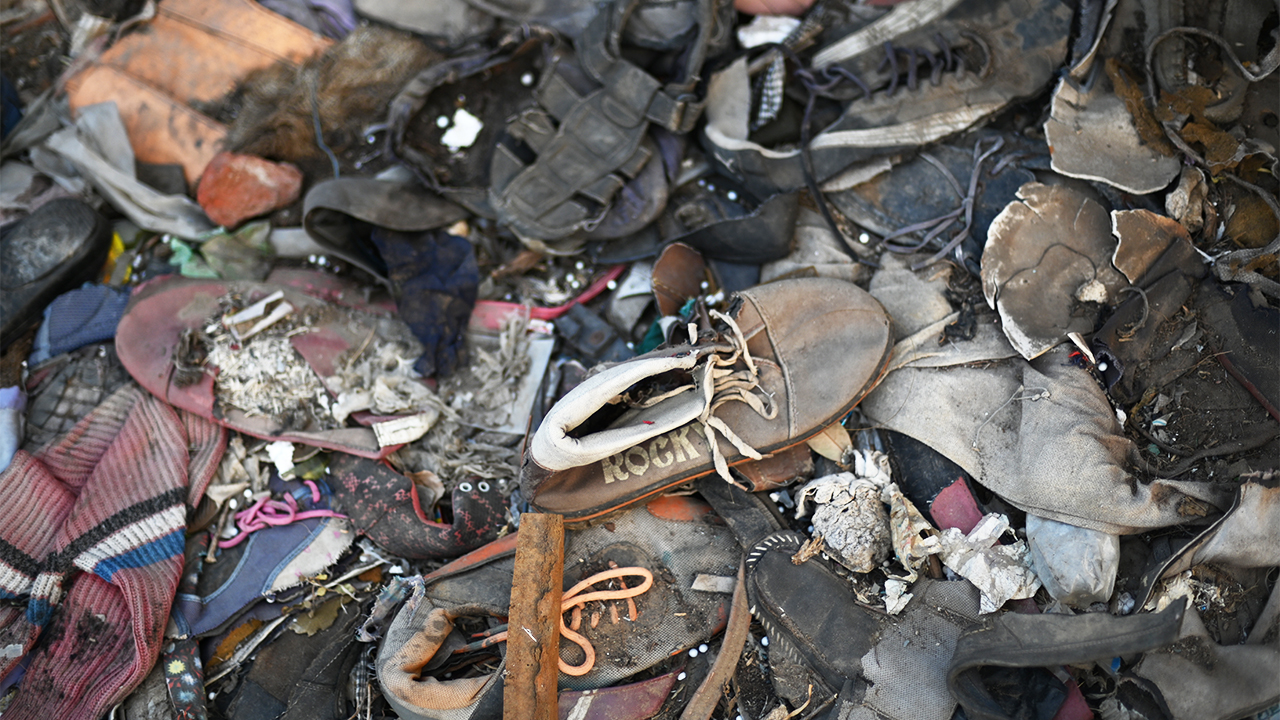admin
I help fin-tech digital product teams to create amazing experiences by crafting top-level UI/UX.

Electronic Waste is an emergent waste category of concern now. It is increasing with technological advancement and more electronic consumption. It is hard to recycle on account of its toxicity. In many developing countries, e-waste is collected, dismantled, and its parts are recovered by the informal recycling sector. Their work poses a threat of severe health problems. The challenge is to ensure safe recycling and protect the environment on one hand, while upgrading the working conditions of the waste workers on the other so that they benefit and don’t lose their livelihoods.
The E-waste crisis is globally receiving increased attention now, but Chintan has been working on it since 2006, even before India passed the E-waste (Management and Handling) Rules in 2011. At that time, the discussion was related to imports of e-waste, where it was easy to find imported computers strewn across urban India, waiting to be dismantled. But the situation changed with time. After Chintan’s authorization by the Delhi Pollution Control Committee to act as an e-waste collection center, a manual was published in 2013 based on the experiences that were gained from dealing with India’s crisis of e-waste. A lot has changed in ten years. E-waste has increased in number and type. What is the situation now? How our approach has changed?
I help fin-tech digital product teams to create amazing experiences by crafting top-level UI/UX.

Training waste workers and households in composting to divert wet waste from landfills and abate methane emissions.

Read More

How environmental contamination is impacting our children’s future
Support our initiatives so that we can reach more and more people and provide our support to the needy
Click on the blue round button at the bottom right corner of this page. You can also email our support team at support@example.com

Chintan, meaning thought/reflection in Hindi, is an environmental research and action group.
Subscribe to get the latest news form us
© 2025 Chintan Environmental Research & Action Group